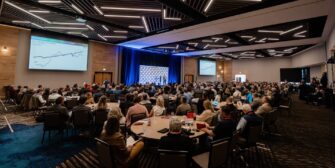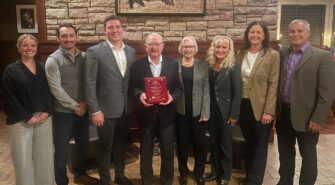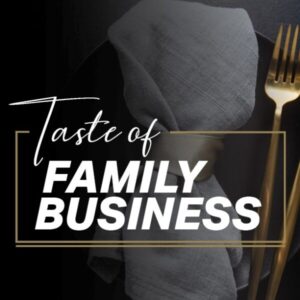Preview a ‘taste’ of family business at one-of-a-kind dinner
Recent News
Is your business considering EOS? This will get you started
Posted in Member News, PFBA | January 25, 2021
A lot of family business leaders likely can relate to what happened at the Hamlin Building Center.
“The founder was getting ready to retire, and us younger guys were taking over, and there was a void,” said Kyle Kangas, who was general manager while the transition was occurring in 2013.
The business in Lake Norden in eastern South Dakota serves the homebuilding industry and was getting work done but lacked long-term vision and clarity around roles and responsibilities, he said.
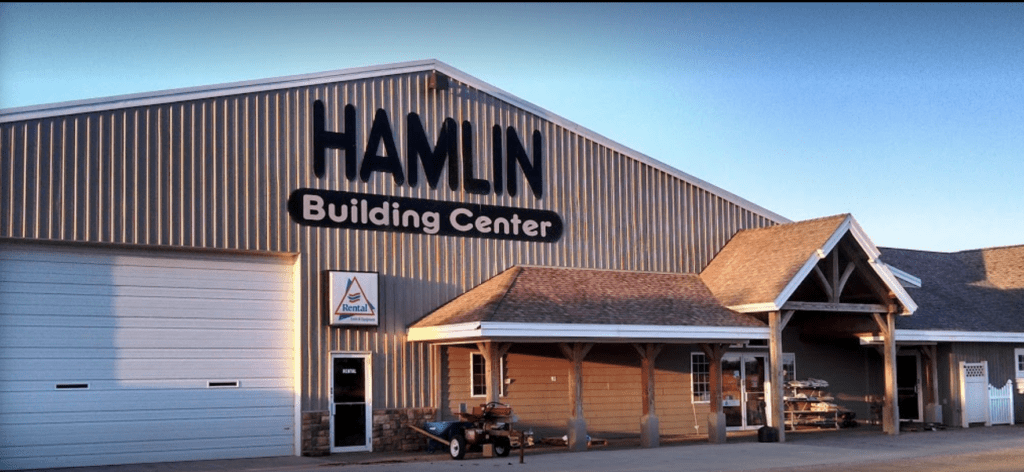
“It felt like we were bursting at the seams and people were stressed and we were trying to be all things to all people.”
The road map to success came in the form of the Entrepreneurial Operating System, or EOS, an approach that has helped thousands of businesses achieve more revenue, growth and profit while delivering a better balance of life to business owners and leaders.
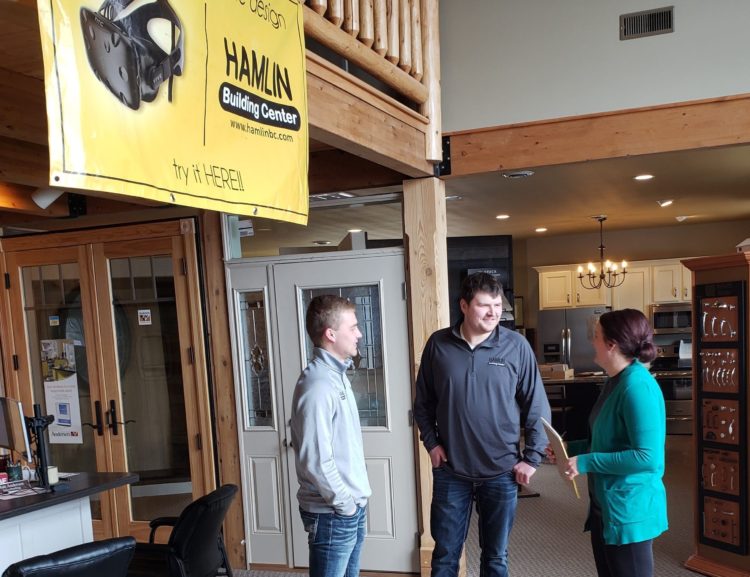
“We put people in seats focusing on what they were good at,” Kangas said. “They could stay in their lane, get things done much more efficiently, and the real benefit was that people got their lives back. If you want to work 50 or 60 hours a week, you can, but you don’t have to.”
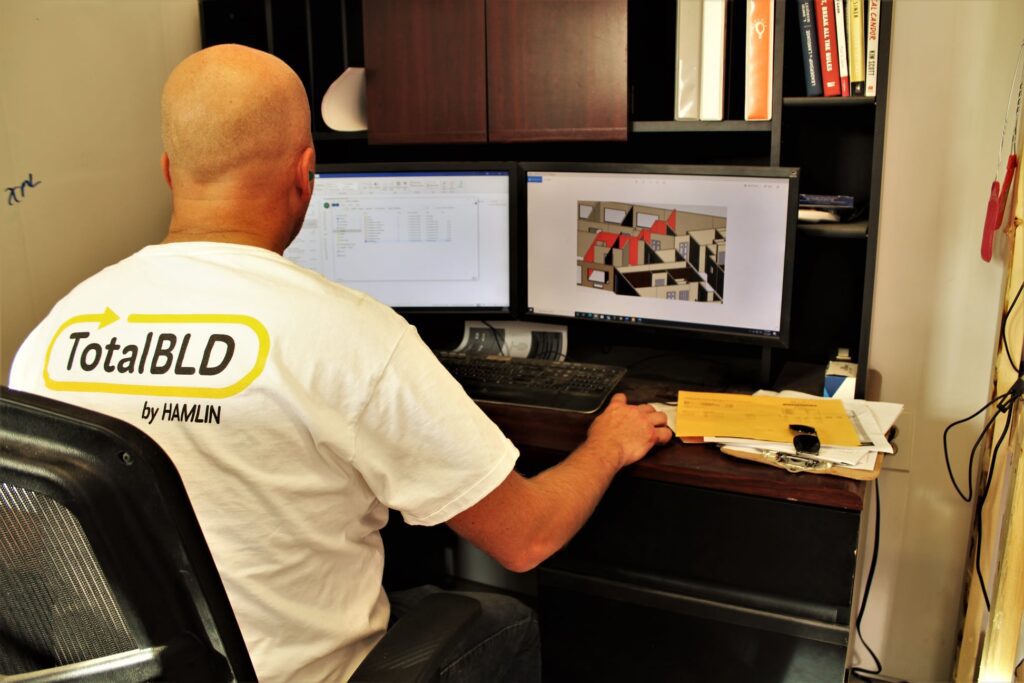
The benefit literally added up in a big way too.
“When we started EOS at Hamlin Building Center, we were at about $11 million in revenue in 2014, and it’s over $22 million in 2020,” Kangas said.
He still works with the company as its EOS Implementer but has since started his own business, VTH Works, helping other businesses. He’s the only certified EOS Implementer in South Dakota, trained by EOS Worldwide.
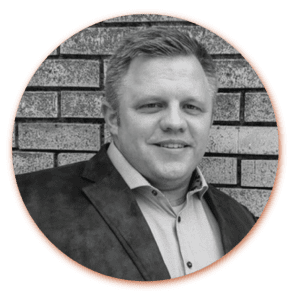
“I have one company this year that had 425 percent growth in revenue, and the profit growth was even more,” he said. “We stayed true to the process. And with EOS, you just keep working at things until you get there.”
The Entrepreneurial Operating System was developed by Gino Wickman and described in his best-selling book “Traction: Get a Grip on Your Business.” More than 80,000 companies are currently using EOS tools to improve the operational value of their business, with nearly 400 trained EOS Implementers who help businesses master leadership and execution to gain traction on their business goals.
The system can work for any business, but it has particular value for family businesses, said Stephanie Larscheid, executive director of the Prairie Family Business Association.
“Among families in our membership who choose to implement EOS, we are seeing more clarity for owners,” Larscheid said.
“These family business leaders are experiencing greater fulfillment and are more confident in executing their vision. It is clear that family businesses that implement an operating system such as EOS are likely to have a more seamless transition from one generation to the next. The work that EOS does for family businesses aligns with our mission to provide tools needed to successfully transition the family business.”
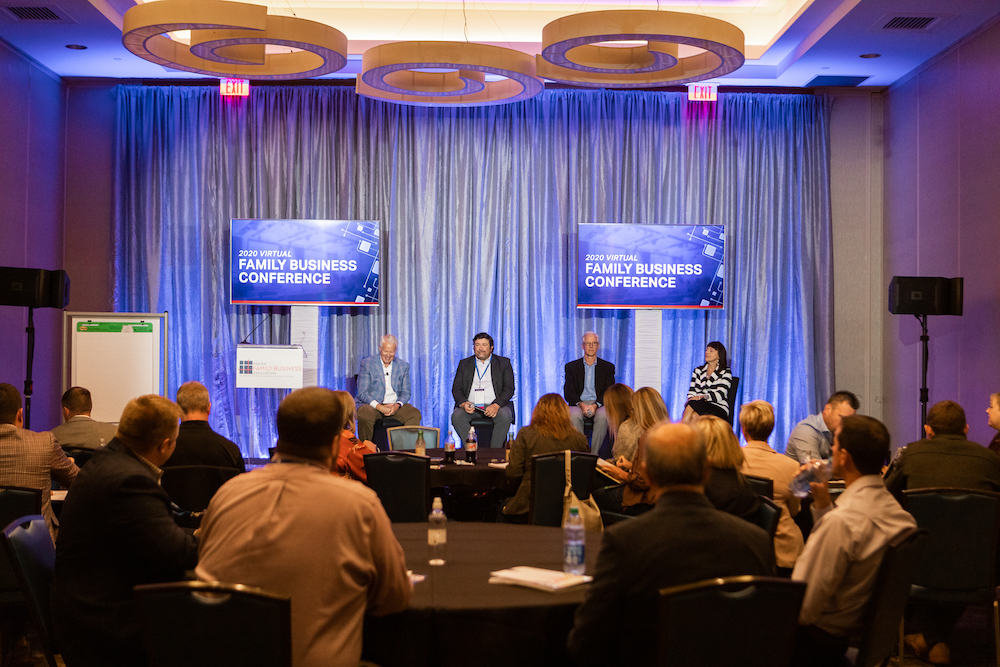
The Prairie Family Business Association team has been implementing EOS under the guidance of Kangas. The association serves more than 200 businesses, and the EOS tools have created a more focused, forward-thinking organization.
To further support businesses interested in EOS, Prairie Family Business Association has partnered with EOS Worldwide to offer family-owned businesses free access to EOS tools and dedicated support for businesses interested in finding an EOS Implementer. PFBA and EOS also will continue to work closely together to deliver EOS training workshops, talks and books as part of PFBA’S education and outreach programs.
To learn more about the partnership, click here.
“The beauty of this partnership is EOS Worldwide has provided credible and qualified speakers who share practical resources that family businesses can put to use right away,” said Sara Stern, a certified EOS Implementer and the former director of the nationally recognized Family Business Center at the University of Saint Thomas.
“The entire Entrepreneurial Operating System was created by Gino Wickman while he was working shoulder to shoulder with his dad in their family business.”
If your business isn’t running well, it’s hard for you to be engaged in your family, Kangas added.
“If you have a lot of stress coming from work, it affects your family life. That’s where I’m coming at it from. If you have a family business, this is what you should be doing because it will improve your family business. EOS is a communication tool in its root form, and often in a family business, that’s what you need to work on.”
Who’s a fit?
Companies that get the most out of EOS tend to be between 10 and 250 employees, Stern said. They’re growth-oriented businesses that are struggling with one or more of the following common issues:
- People: They just can’t seem to find the right ones and need to make decisions about if and where family members work in the business.
- Control: They feel out of control of the business.
- Profit: There just aren’t enough of them.
- Hitting the ceiling: They feel like they are working harder than ever before with fewer results.
- Nothing’s working: They have tried all the ideas, read all the books, implemented all the strategies, and nothing is working.
“They’re also willing to change and willing to be vulnerable,” she added. “That means being open-minded, willing to admit weaknesses and willing to face reality.”
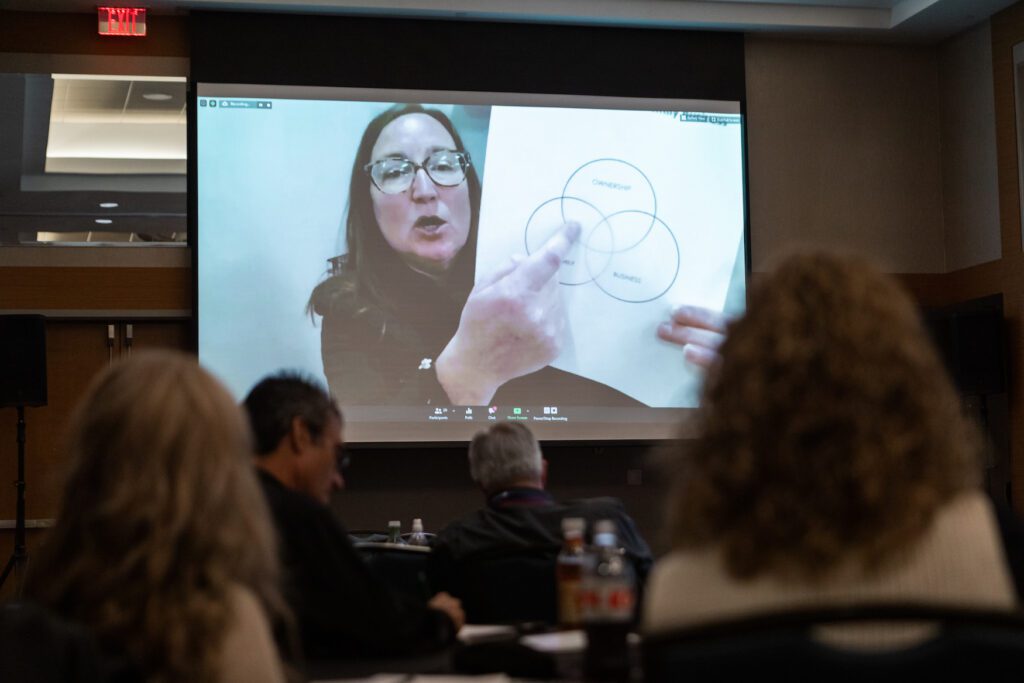
She also has received the following feedback from family businesses after starting EOS:
“Before we had EOS, we weren’t sure if our kids should work in the business. Now, we are sure they should and have a strong vision of how they get to grow it.”
“We used to fight too much without ever making decisions. Now, we still disagree, but we make decisions, and we all agree about where we’re going.”
“EOS has helped our family business grow. We never could have acquired the business we just acquired and kept our wits about us without the help of EOS.”
‘How to be a great boss’
Successful EOS implementation requires those who lead organizations to master their own set of skills.
EOS Implementer and author Rene Boer explores that side of the process in his co-authored book “How to be a Great Boss.” He will provide insight and answer questions during an upcoming Prairie Family Business webinar at 10 a.m. Feb. 5.

You don’t need to be a member to join the webinar. Click here to register.
“Great bosses see their position as a responsibility, not a reward,” Boer said. “They’re humble, willing to be vulnerable, to build trust and to let go – to be effective leaders and managers. However, many bosses are so busy working in their business they don’t slow down long enough to work on their business. As a result, they don’t have time to think nor to develop their people.”
His webinar teaches a tool called Delegate & Elevate that helps bosses use their time more effectively so they can lead. He also teaches a practice, The Quarterly Conversation, that helps bosses coach their people so they have time to effectively manage.
“A successful EOS implementation requires the leadership team to master tools, follow a process and commit to cascading EOS to everyone in their organization,” Boer said.
“As goes the leadership team, so goes the rest of the organization. This webinar is a good fit for any privately owned company where the owner wants to grow, is open-minded, genuinely cares about people and is willing to follow one operating system.”
Family businesses add the unique challenges of ensuring that everyone working in the businesses understands no one is entitled to anything, he added.
“To run a successful business, everyone should be clear on their roles and willing to hold themselves accountable to meet their commitments and do what they say they will do,” Boer said.
“It requires the bosses to be completely open and honest with each other and to solve issues for the greater good –not just what’s good for them personally.”
Think this all sounds a little too complicated? Think again, Kangas said.
“I always get that question because it can seem complicated,” he said. “But there is a process to get started, and it’s fairly simple. It started with a phone call, then a 90-minute meeting to talk through the tools and talk through how it works, and the business decides if they want to do it and if the professional implementer is a fit.”
From there, it does take time, he said. But follow the process, and it will work.
“Transformation is not an overnight thing,” he said. “But if you have a coach, you’re more likely to keep going and succeed. If you do it purely the way it’s intended, it will work. There’s case study after case study that says it will. And all my clients are in love with EOS.”

